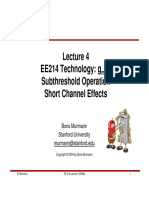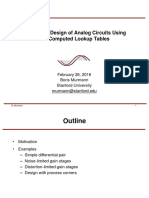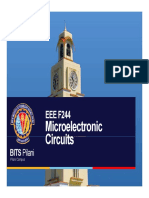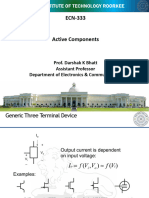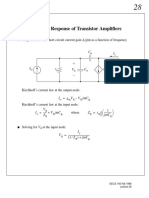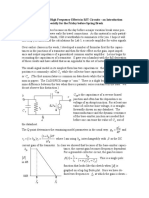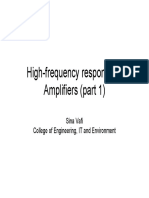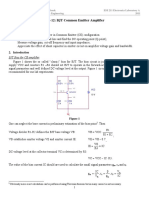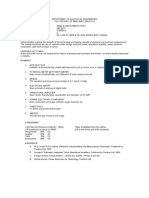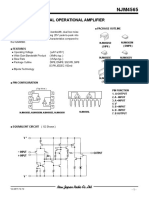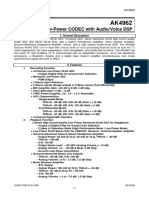0% found this document useful (0 votes)
37 views19 pagesh05 Lecture3
The document discusses key performance metrics for transistors used in amplifier circuits, including transit frequency, transconductance efficiency, bandwidth, and power dissipation. These metrics are related and involve tradeoffs, such as between power efficiency and bandwidth. Smaller technology nodes and channel lengths provided by Moore's Law can improve performance by increasing transit frequency and the other metrics.
Uploaded by
tqthang7794Copyright
© © All Rights Reserved
We take content rights seriously. If you suspect this is your content, claim it here.
Available Formats
Download as PDF, TXT or read online on Scribd
0% found this document useful (0 votes)
37 views19 pagesh05 Lecture3
The document discusses key performance metrics for transistors used in amplifier circuits, including transit frequency, transconductance efficiency, bandwidth, and power dissipation. These metrics are related and involve tradeoffs, such as between power efficiency and bandwidth. Smaller technology nodes and channel lengths provided by Moore's Law can improve performance by increasing transit frequency and the other metrics.
Uploaded by
tqthang7794Copyright
© © All Rights Reserved
We take content rights seriously. If you suspect this is your content, claim it here.
Available Formats
Download as PDF, TXT or read online on Scribd
/ 19


